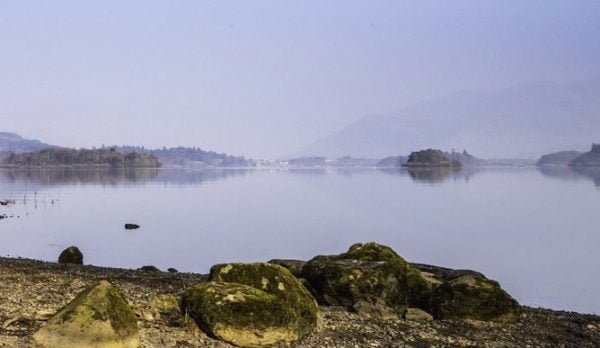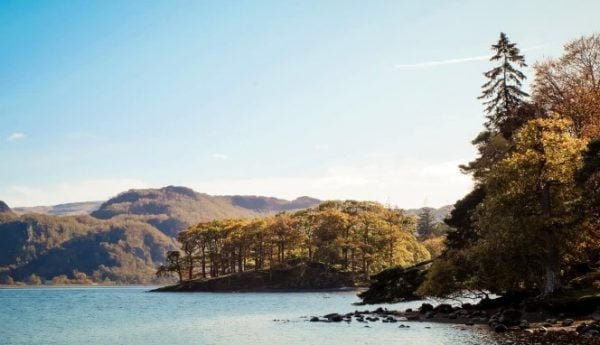The Lake District is located in Cumbria, on the northwest coast of England, about an hour from the border with Scotland. It is to northern England what Cornwall is to the south: a natural, rural paradise that embodies the best of England.
The lakes in the region are a result of the last ice age. Receding glaciers cut the U-shaped valleys that are now filled with water.
Started the journey up north at Ullswater. It’s the second-largest lake in the region, almost 15km (9 miles) across, but also one of the quietest. The surrounding hills and mountains give the lake something of a Z shape. It’s an incredibly photogenic area, a popular holiday destination since the 1890s, when the British aristocracy started to visit due to the excellent sailing and hunting on offer. It’s also often compared to Switzerland’s Lake Lucerne — and I could see why.
Ullswater is located in a rugged area and is surrounded by mountains, hiking trails, and sheep farms. It was very reminiscent of New Zealand and looked a lot like Milford Sound but without all the ice.
Pooley Bridge Village, located at the northern end of the lake, is famous for the little stone bridge that gives the town its name. The bridge was nothing special, but the river is shallow enough to walk across and, despite its cold temperature.

Windermere. It’s the largest natural lake in the country, home to 18 islands and stretching some 18km (11 miles) in length but narrow (less than 2km wide). It started to grow in popularity as early as the 1850s after new railway lines made it accessible.
If driving south, passed mountain after mountain and farm after farm. There are a lot of sheep in this area.
Through Kirkstone Pass (at 454 meters/1,490 feet), which provided stunning views of the whole area, including a few of the lakes. Little streams trickle downhill, and there are a number of swimming holes. There’s also a quaint inn at the top of the pass that is home to one of the highest pubs in the country.
Not only is the Lake District amazing, but so are the surrounding areas.

Ancient stone walls sectioned off vast numbers of sheep, green hills rolled on forever in all directions, and tiny stone cottages dotted the landscape. This whole area had an “English country” feel that I’ve yet to see elsewhere, and it took me back a few centuries. The whole area is so well preserved and so perfect, I often wondered if the locals got together and decided to rebuild everything like it was in the 1700s for the tourists. But people here have just maintained these ancient houses of their own free will.
Guide for Your Trip:
The Lake District is located around 500km (310 miles) north of London. National Express buses are available from London and are the cheapest way to get to the area. The journey takes around 10 hours and will cost 35-50 GBP each way.
The train is much faster, with journeys from London taking between 4-6 hours. However, tickets can be much more expensive. Expect to pay anywhere from 50-200 GBP ($47-68 USD) for a one-way ticket.
If you’re coming from Edinburgh or Glasgow, the train ride is just over 2 hours and costs 40-90 GBP ($54-122 USD) per person for a one-way ticket.
The best way to explore the region is to rent a car. You’ll have much more freedom and flexibility, as it is quite a large region, and public transportation is few and far between.
